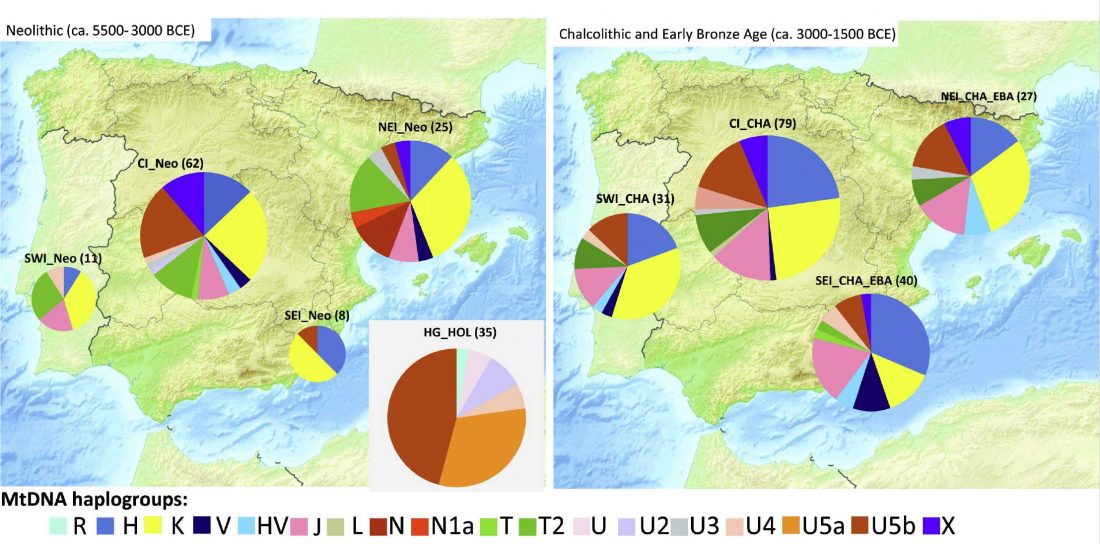A manuscript co-authored by Angel Carracedo, from the University of Santiago de Compostela, and (always according to him) pre-accepted in Nature, will offer more insight into the population substructure of Spain, based on autosomal DNA.
Carracedo’s lecture about DNA (in Galician), including his summary of the paper (from december 2017):
Some of the points made in the video:
- The study shows a situation parallelling – as expected – the expansion of Spanish Medieval kingdoms during the Reconquista (and subsequent repopulation).
- In it, the biggest surprise seems to be the greater substructure found in Galicia, the north-western Spanish


